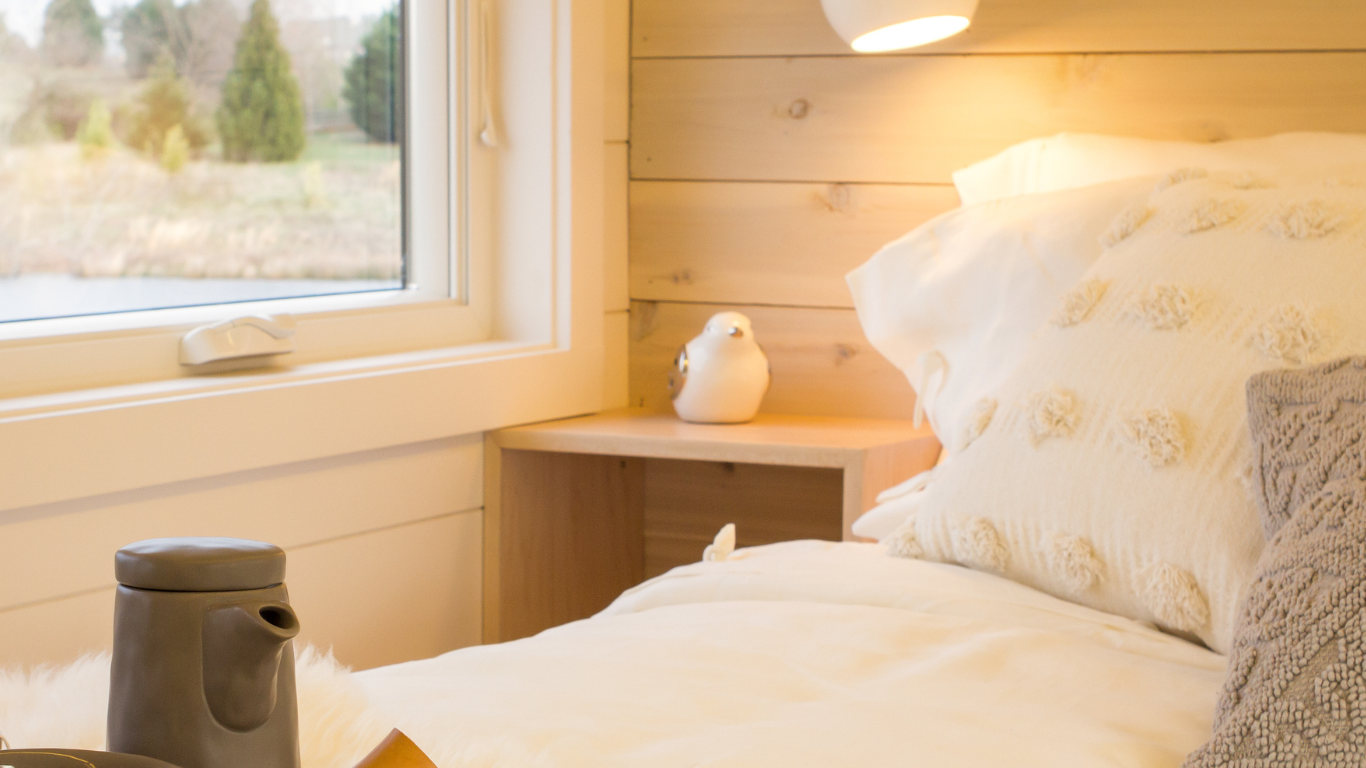
Novelty Siding: Enhancing Your Home's Character and Protection
What is Novelty Siding?
Siding, also known as wall cladding, is the protective material that forms the exterior walls of a property. It safeguards your home from the elements while contributing to its aesthetic appeal. Among various options, novelty siding stands out for its unique characteristics and historical significance.
Novelty siding, popular in the late 19th and early 20th centuries, is characterized by:
- A rounded "scallop" at the top edge
- A shiplap edge for secure installation
- Typically ¼ inch thick
- Available in widths of 6", 8", 9", and 10"
- Lengths ranging from 8" to 16"
This combination creates an interplay of light and shadow on the wall surface, resulting in a visually dynamic and charming exterior. The National Park Service recognizes novelty siding as a character-defining feature in many historic buildings, as detailed in their Preservation Brief on wooden siding.
Historical Context and Modern Applications
Originally prized for its decorative qualities, novelty siding was often used on primary facades of buildings. It offered a way for property owners to enhance their homes' appearance cost-effectively.
Today, novelty siding is valued for:
- Adding vintage charm to historic home restorations
- Providing character to new constructions aiming for a classic look
- Creating interest in interior design, particularly in rustic or farmhouse-style spaces
Benefits of Novelty Siding
Novelty siding offers several advantages:
- Distinctive Appearance: Creates a unique visual texture
- Versatility: Suitable for both exterior and interior applications
- Historical Authenticity: Ideal for restoration projects
- Customizable: Can be painted or stained to match any color scheme
- Durability: Can last for decades with proper maintenance
- Eco-friendly Option: Often made from sustainable wood sources
Alternatives to Novelty Siding
Depending on your priorities, budget, and local climate, consider these alternatives:
- Fiber Cement Siding: Durable and low-maintenance, mimics wood texture
- Vinyl Siding: Cost-effective and virtually maintenance-free
- Wood Siding: Traditional option with natural beauty, requires more upkeep
- Metal Siding: Long-lasting and resistant to extreme weather conditions
- Stucco: Versatile material suitable for various architectural styles
Each option has its own set of pros and cons. The Federal Trade Commission provides guidance on choosing home improvement materials, which can be helpful in your decision-making process.
Making Your Decision
When deciding on the right siding for your home, consider:
- Local climate and weather patterns
- Your home's architectural style
- Maintenance requirements and your willingness to upkeep
- Initial cost vs. long-term value
- Energy efficiency goals
- Local building codes and regulations
By weighing these factors against the benefits and characteristics of novelty siding and its alternatives, you can make an informed decision that enhances your home's appearance, protection, and value.
Making the Right Choice for Your Home
Novelty siding offers a unique blend of historical charm and practical functionality. Whether you're restoring a period home, adding character to a new build, or creating a distinctive interior space, novelty siding is worth considering.
Remember, the best siding choice meets your specific needs for durability, maintenance, and energy efficiency while complementing your home's style. Consult with local siding experts for personalized advice based on your home's unique requirements and your preferences.
Ready to Enhance Your Home's Exterior? Contact our siding experts for a free consultation and quote on novelty siding or other exterior options.
